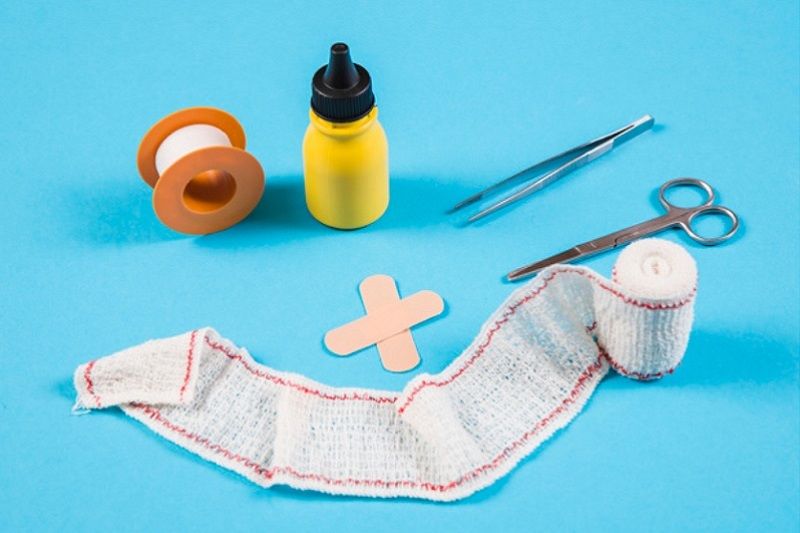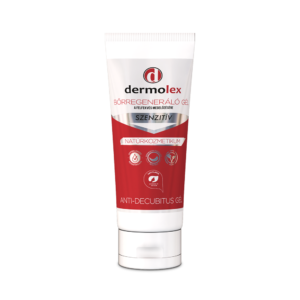Wound treatment is very important to help a patient recover quickly. Time is a key factor in that case: you have to recognize if your cut is becoming infected and you must know what to do in that situation. But first: you have to prevent your cut from becoming infected. You need to take your injury seriously.
What is wound infection and when does it occur?
After cutting your fingers, having a scrape on your knee, or a scratch on your leg, germs (like bacteria) get into the damaged part of your body. Bacteria can grow and reproduce itself in your wound which can lead to several symptoms including pain, redness, and swelling. Infections are not always visible instantly: it can take 2-3 days until you recognize that your wound is infected.
Therefore, prevention is very important.
When to see the doctor?
If you are here to read what should you do with your wound, let’s make it clear, you have to see the doctor if:
- An animal or a human bit you
- Bleeding doesn’t stop
- The scratch is too large
- You think something is inside your cut (a piece of glass, etc)
If you don’t have such problems, it’s not urgent to visit the doctor now.
How to tell if a cut is infected?
Normally, as time passes, you will sense less pain until your cut is fully healed. If your pain doesn’t reduce but increases, that’s the main sign that your wound is probably infected. The area next to your wound will become red and swollen. If you touch it, you may feel that your skin is hot and even a small touch can be painful.
After a couple of days, the infection can lead to fever, and you might feel weak, while the redness continues to spread on your skin. Yellow pus can appear beneath the wound.
If it’s not treated in time, a serious infection can develop. The scar will give off an unpleasant odor, and confusion, balance problems, nausea, and vomiting can be side effects of the infection.
How to clean an infected wound?
Don’t just clean the infected wound, clean every wound: prevent infection! If you accidentally cut yourself or fall off your bike, the first things you should do are:
- Stop the bleeding. Hold pressure on it as long as your wound bleeds. Don’t do it with your own hand, the best solution is to use a sterile textile.
- Wash the wound immediately with water: run it for several minutes. You can use tap water. After that, clean the wound with slightly warm water and soap or alcohol wipes.
- Dry the wound
- Put some cream/ointment on it
- Protect the cut with bandages, clothes, or band aids.
Salt water for wounds: use it or not?
Tap water or saline: which one is better for cleaning an infected cut? The answer is, that it’s not necessary to pour salt water on a cut. Salt can irritate the skin and the wound, so if possible, clean the cut with normal tap water.
How to treat an infected cut at home?
- First step: prepare! Have the correct tools at home and clean them with rubbing alcohol if necessary. A sterile environment is important.
- Wash your hands! Use soap and warm water. Let them air dry.
- Clean the skin – but not the wound – with soapy warm water.
- Clean the wound with plain water, If some debris (a piece of glass, etc.) is in the wound, use a (sterile) tweezer and remove it slowly and carefully
- Put ointment on the wound
- Cover the wound with a bandage
- Repeat: you need to clean the wound and refresh the bandage every day
Don’t use hydrogen peroxide, antiseptic ointments, or iodine.
In order to facilitate a fast recovery, you should also follow these instructions:
- Rest a lot
- Stay hydrated
- Refrain from eating heavy foods, eat only light food
- Don’t drink alcohol or caffeine
- Avoid sports and physical contact
Wound infection: risks
If the wound hasn’t healed within 10 days of the injury, then the treatment is not effective enough: you should see a doctor.
The biggest risk of getting a wound infection is if the injury was caused by a bite. If an animal (or a human) bit you, seek medical attention as soon as possible. Bites (and also certain cuts) can lead to tetanus infection. If you don’t have an up to date tetanus shot, that’s also a risk factor.
If the accident happened in a dirty place and there is a high chance that dirt or mud has contaminated the wound, then you should pay extra attention when cleaning the wound.
Some health conditions also increase the risk of having a wound infection:
- Lack of mobility
- Age
- Diabetes
- Poor blood circulation
Not only the above mentioned are dangerous for the patient. If you have to stay in bed because of your injury, laying all day long can cause decubitus. It’s a disease that has three contributing factors: pressure, friction, and shear. These factors can lead first to the redness of the skin but if not prevented and treated properly, wounds may appear on your body and subsequent wound infection later. This process must be recognized by the person caring for the patient and consciously prevent the development of redness. In addition to rotating the patient, daily use of dermolex is perfect for this prevention.
Use dermolex to regenerate your skin and prevent bedsores
Dermolex is a skin regenerating gel. It is mainly used to prevent and treat. The main area of use is when some patients have decubitus/bedsores: the above-mentioned disease.
Dermolex helps to regenerate the skin and heal faster.


